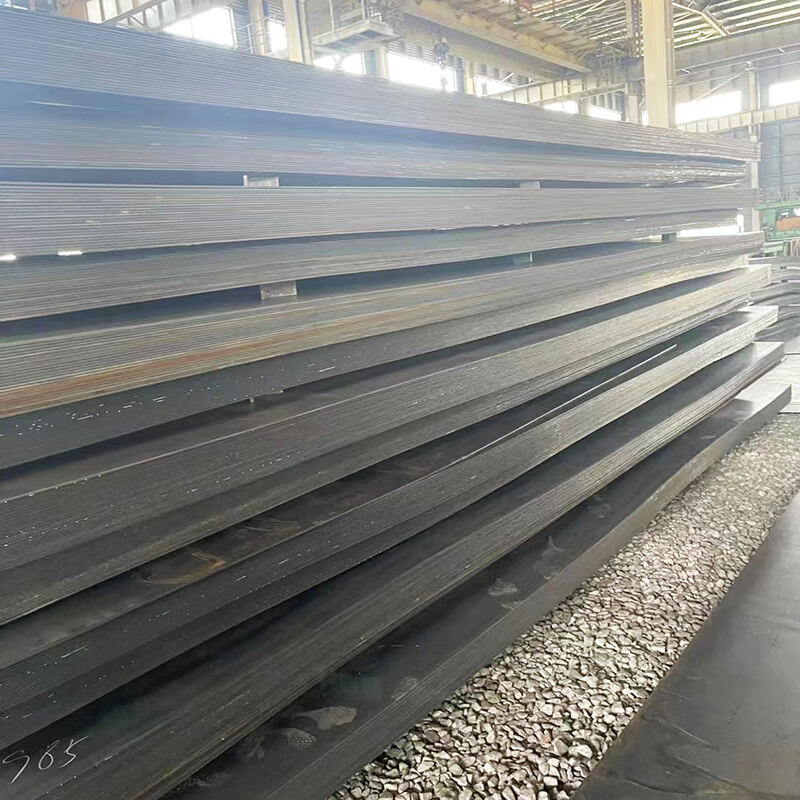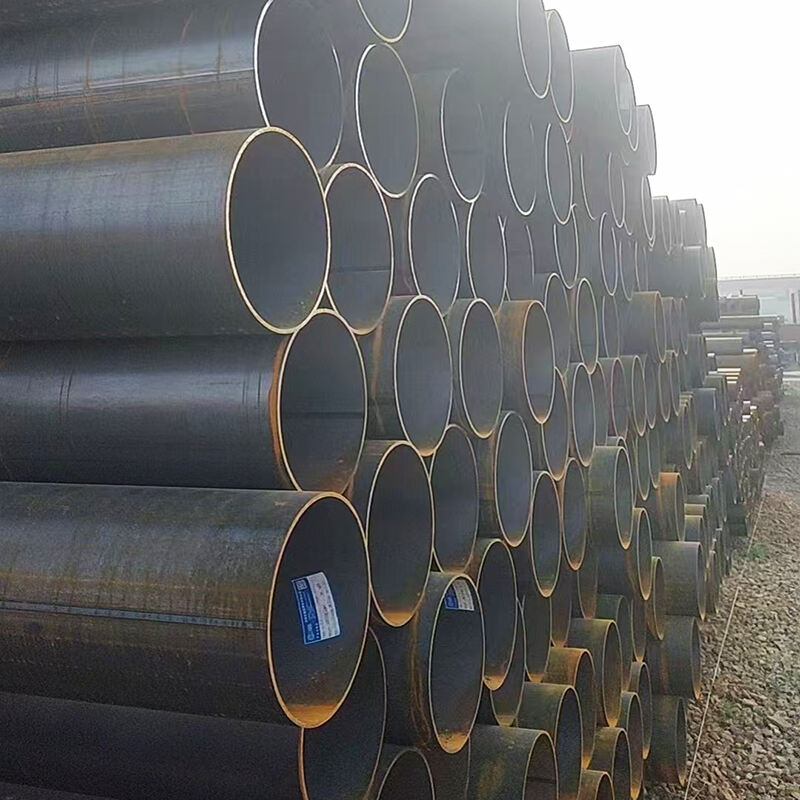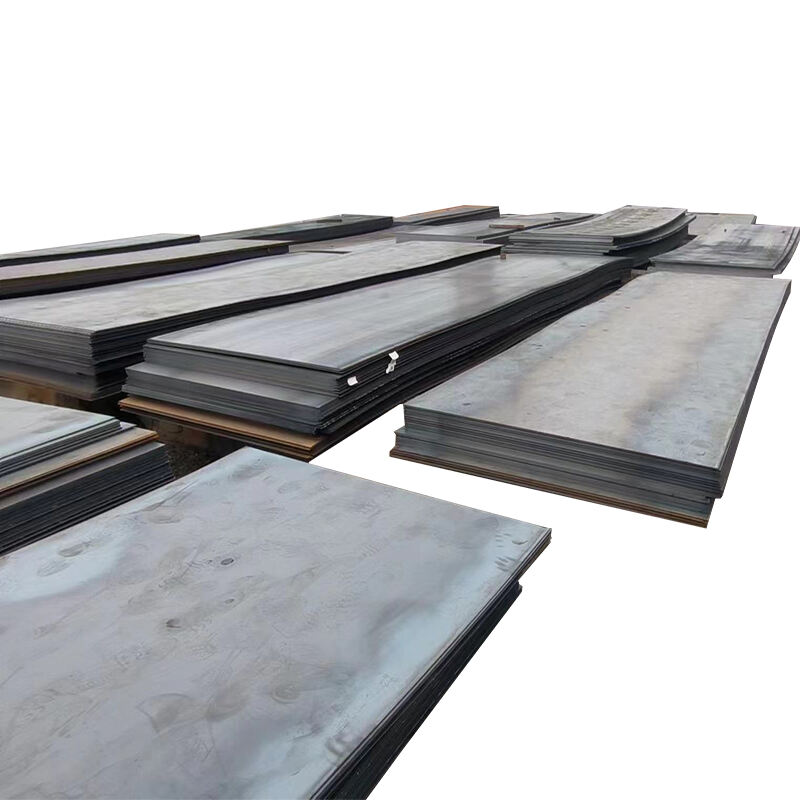stainless steel tubing
Stainless steel tubing represents a cornerstone in modern industrial applications, combining durability with versatility. These precision-engineered components feature exceptional corrosion resistance, thanks to their chromium content of at least 10.5%, which forms a protective oxide layer. The tubing comes in various grades, including popular options like 304 and 316, each offering specific performance characteristics. The manufacturing process involves careful metallurgical control to ensure consistent wall thickness, dimensional accuracy, and surface finish. Modern stainless steel tubing offers remarkable strength-to-weight ratios, making it ideal for applications where both structural integrity and weight considerations are crucial. The tubing can be seamless or welded, with seamless variants providing superior pressure resistance and structural uniformity. Advanced surface treatments and finishing options enhance its already impressive corrosion resistance and aesthetic appeal. The material's inherent properties make it particularly suitable for hygienic applications, as it can withstand regular cleaning and sterilization procedures without degradation. These tubes can operate effectively across a wide temperature range, from cryogenic conditions to extremely high temperatures, maintaining their structural integrity and performance characteristics throughout.


